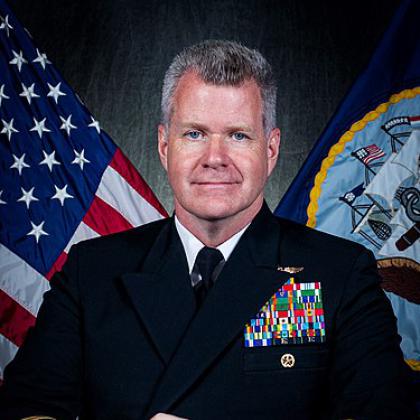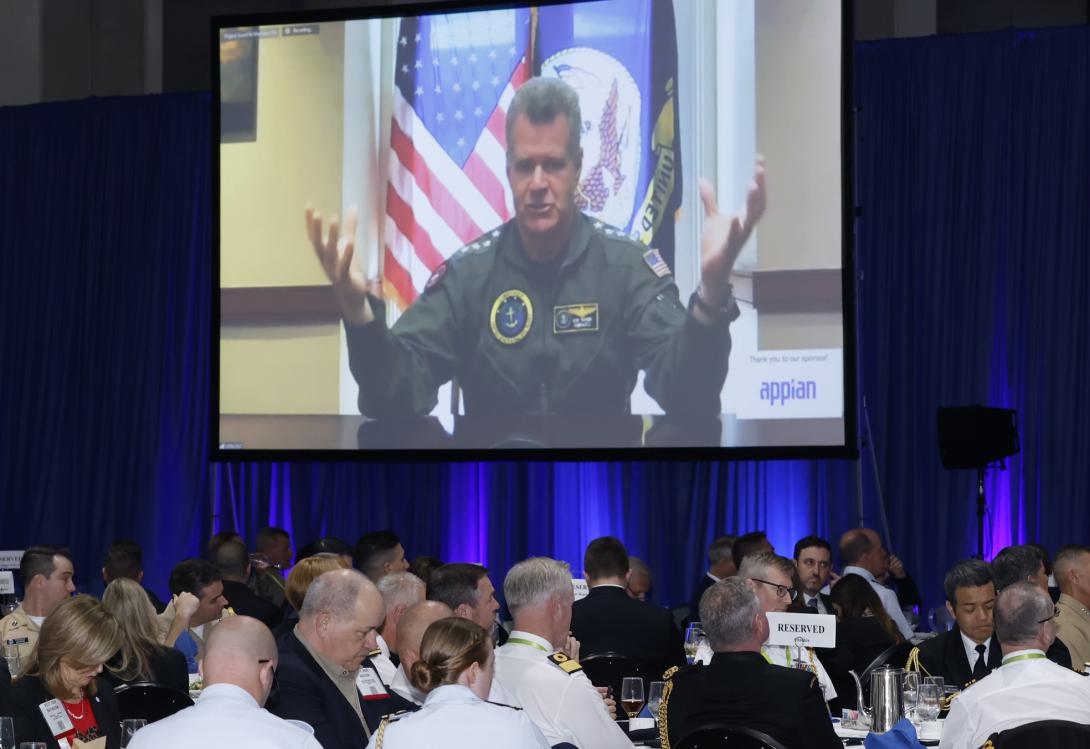Allies and Supplies for the Navy as It Prepares for the Future of War
One of the U.S. Navy’s most powerful weapons is one that lies beyond its control. It includes defiant warships and brave sailors, but the ports they call home are in areas close to adversaries and sometimes places that have to tolerate violations of their own sovereignty.
While the flags may bear different colors, the values are shared, and the relationship is beneficial to all involved.
“Our alliances and partnerships are gaining even more momentum and are critical to a secure and prosperous Indo-Pacific,” said Adm. Samuel J. Paparo Jr., commander of the U.S. Pacific Fleet.
These military and diplomatic relationships deal primarily with exercises and drills to enhance interoperability.
Adm. Paparo mentioned the Rim of the Pacific, or RIMPAC, a yearly exercise that integrates over two dozen allied countries in the Pacific basin. Another example was the deployment of the USNS Mercy to the Western Pacific in the wake of an earthquake and tsunami in Tonga.
“It was truly inspiring to witness the Mercy crew show motivation and investment in their ship at the mission, which took the world’s largest floating hospital and the world’s eighth-largest hospital forward to enhance security through naval diplomacy,” Adm. Paparo told the audience at his keynote speech at West 2023 in San Diego on Tuesday.
These diplomatic efforts serve the greater pursuit of deterring adversaries’ actions through a combination of military power and diplomacy, according to the naval officer.
“Adversaries took notice as the strengths were integrated with partners and the joint force to provide—on call—overwhelming combat power,” Adm. Paparo said.
The admiral had a direct comment about the actions of the People’s Liberation Army Navy and other associated forces, challenging freedom of navigation exercises in international waters.
“We cannot normalize this intentional malign behavior by the [People’s Republic of China] and the Chinese Communist Party, which we see in the form of territorial aggression against its neighbors,”Adm. Paparo warned.

Our alliances and partnerships are gaining even more momentum and are critical to a secure and prosperous Indo-Pacific.
Another aspect of deterrence is in logistics, as the Navy should be able to supply its own service as well as the other branches of the military and allies in a potential conflict. The admiral explained that to be credible to adversaries with comparable capabilities, the principles by which logistics were run had to change.
“For much of the last two decades, because we were inherently operating in uncontested environments logistically, our logistics enterprises operated on business principles,” Adm. Paparo said. The admiral explained that in a contested environment, sustaining action is critical, as a capable adversary would be able to disrupt any action regardless of location. This means that just-in-time principles have to be abandoned in favor of effectiveness, according to the admiral.
“We are thinking about this in terms of planning with the viewpoint of effectiveness,” Adm. Paparo told the audience.
And part of this new thinking means that supplies should be already in place in the theater of operations and the Navy should be able to resupply forces under pressure.




Comments